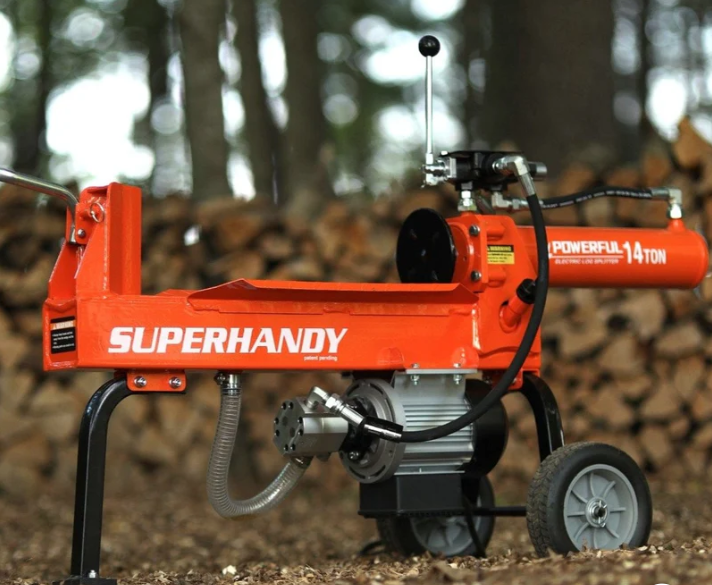
When you use a gas log splitter, you must always think about safety. Many people get hurt when logs hit them or when they get stuck between moving parts. You should wear the right safety gear and check your log splitter before you begin.
-
Logging injuries often happen because of:
Getting stuck in or between logs
Stay careful and use safe steps from beginning to end.
Preparation for Gas Log Splitter
Safety Gear
You must wear the right protective gear before using a log splitter. This step helps prevent injuries from flying debris or falling logs. Always put on safety equipment such as goggles, gloves, and steel-toe boots. These items protect your eyes, hands, and feet. Choose clothing that fits well and covers your arms and legs. Avoid loose clothes that could get caught in moving parts. Hearing protection is also important, especially when you use a gas-powered log splitter. Loud noise can damage your hearing, so earmuffs or earplugs are a smart choice.
Safety Gear |
Purpose |
|---|---|
Goggles |
Shields eyes from flying wood chips |
Steel-Toe Boots |
Protects feet from heavy logs |
Durable Gloves |
Guards hands from splinters |
Proper Clothing |
Prevents loose fabric from getting caught |
Tip: Always check your protective gear for damage before each use.
Area Setup
Set up your log splitter in a safe and clear space. Pick a level and stable surface to keep the machine steady. Make sure you have enough room to move around and handle logs safely. Keep the area free of debris, bark, and leftover wood to prevent tripping. Create a safety zone by keeping people, pets, and children away from the work area. Good lighting is key. Use natural light or bright work lights so you can see every part of your workspace. This helps you spot hazards and avoid accidents.
Clear debris from the work area.
Ensure the splitter sits on stable, level ground.
Maintain a safety zone around the log splitter.
Use bright lighting for better visibility.
Machine Inspection
Check your log splitter before you start. Look for any signs of damage or loose parts. Make sure all safety features work as they should. Inspect the fuel cap and confirm it is tight. Never use a log splitter near flames or sparks. Review fluid levels and top them off if needed. Test the controls to see if they respond correctly. Stabilize the machine before you begin splitting logs. These safety precautions help you avoid accidents and keep your gas log splitter in good shape.
Safely Use a Log Splitter
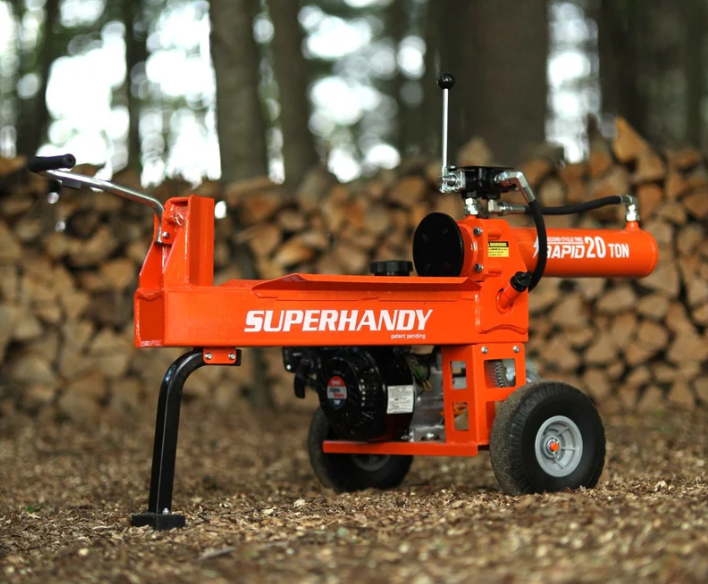
Powering On
You need to follow safety steps when starting your gas log splitter. First, check the fuel and oil levels. Make sure everything is full and ready. Use the manufacturer’s instructions for starting the engine. Usually, you prime the engine, set the choke, and pull the start cord. Never add fuel to a running or hot engine. Fill the fuel tank outdoors with care. Use an approved fuel container. If you spill gas, move the log splitter away from the spill. Clean up the fuel and wait for it to evaporate before restarting. Replace the gasoline cap securely.
Note: Handle fuel with care. Gas is highly flammable and can cause fires if spilled.
Loading Logs
When loading logs into a log splitter, you must use safe techniques. Wear gloves, goggles, and sturdy boots to protect yourself from flying debris. Place one log at a time on the splitter. Never try to split more than one log at once. This rule helps prevent jams and injuries. Stabilize the log before you start the machine. Keep your hands away from moving parts. Make sure the log sits flat and secure on the splitter. If the log is uneven, adjust its position so it does not roll or shift.
Always load one log at a time.
Stabilize the log before splitting.
Keep hands clear of the splitting wedge.
Operating Controls
You must understand how to use the controls before operating a log splitter. Read the manual to learn about setup and safety features. Stand in the operator zone to protect yourself from flying debris. Stay focused and avoid distractions while using a log splitter. Use only your hands to operate the controls. Never use tools or other objects. Keep your hands and body away from moving parts. Do not operate the log splitter if you feel tired or distracted. Never use the machine under the influence of alcohol or drugs. These substances can slow your reaction time and increase the risk of accidents.
Safety Rule |
Why It Matters |
|---|---|
Use only hands for controls |
Prevents accidental activation |
Stay focused |
Reduces risk of injury |
Avoid distractions |
Keeps you alert and safe |
Never operate under influence |
Maintains clear judgment |
Removing Split Logs
After splitting a log, you need to remove it safely. Wait until all moving parts stop before reaching for the split wood. Use gloves to protect your hands from splinters. Clear split logs quickly to avoid pileups in the work area. Stack them on level ground, away from the log splitter. Keep the splitting zone clear so you can work safely. If you notice any fuel spills while removing logs, clean them up right away. Move the log splitter away from the spill and avoid any flames or sparks until the area is safe.
Safety Alert: Ignoring these steps can lead to serious injuries or machine damage.
Log Splitter Safety Tips & Maintenance
Protective Equipment
You should wear safety gear every time you use a log splitter. Safety glasses, gloves, boots, and ear protection keep you safe from flying pieces and loud sounds. Good clothing helps protect you from cuts and scrapes. Always look at your gear for damage before you start. These steps help stop injuries and help you stay focused.
Common Mistakes
People often make mistakes when using a log splitter. Never try to split more than one log at once. Stay focused and stand in the operator zone. Do not use a gas log splitter if you are tired or in a hurry. Always read the manual before you begin. Keep your work area clean and bright. These tips help you stay safe and avoid accidents.
Tip: Turn off the machine and engine before you fix, refuel, or clear jams.
Gas-Powered Log Splitter Maintenance
Taking care of your gas log splitter keeps it safe and working well. Look for leaks, cracks, and worn parts before each use. Check hydraulic fluid every 50 hours or once each season. Clean and oil moving parts after you use the splitter. Sharpen the blade every 50 to 100 hours. Store your log splitter in a dry place away from things that can catch fire. Follow these tips to help your log splitter last longer.
Clean the splitter after you use it to get rid of wood chips and dirt.
Use gentle soap to clean and make sure the splitter is dry so it does not rust.
Keep the splitter inside or cover it well if you store it outside.
Safety tip: Check how your splitter works often so you can find problems early.


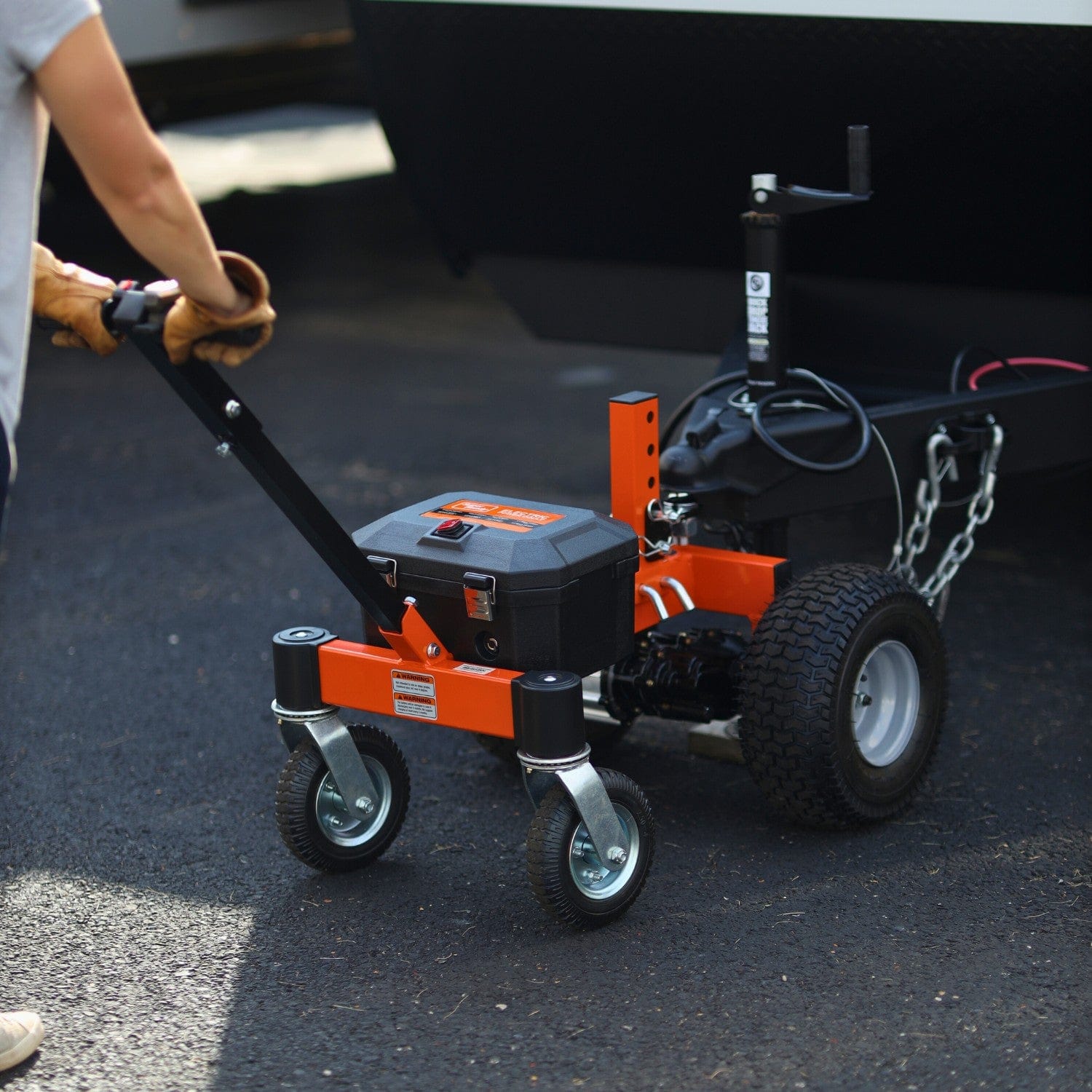
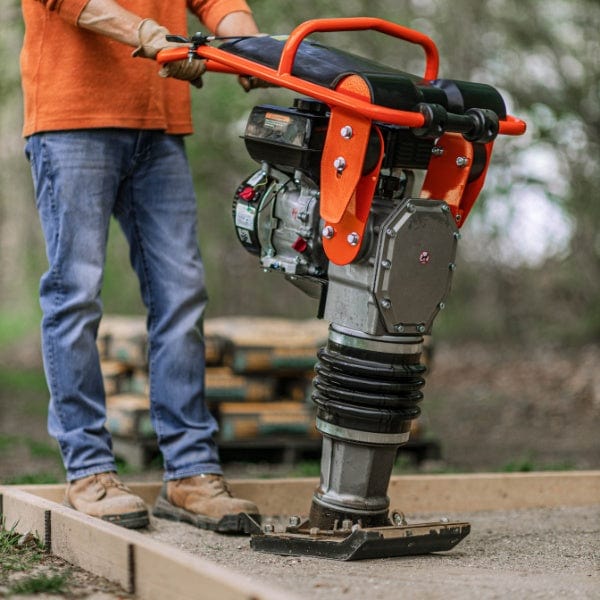
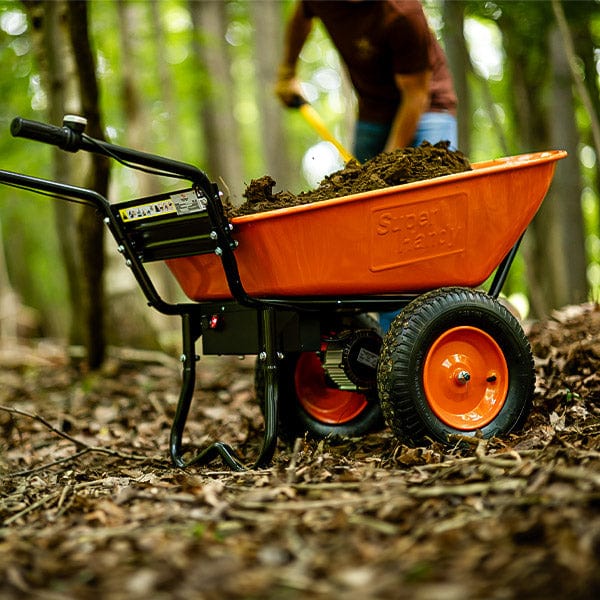


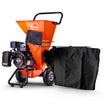
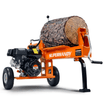

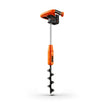
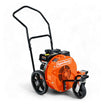
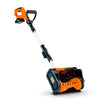
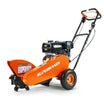
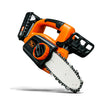
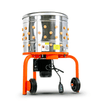
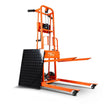
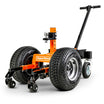
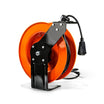
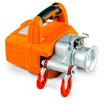
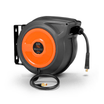

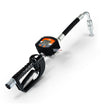
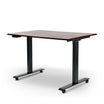
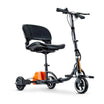
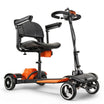
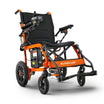


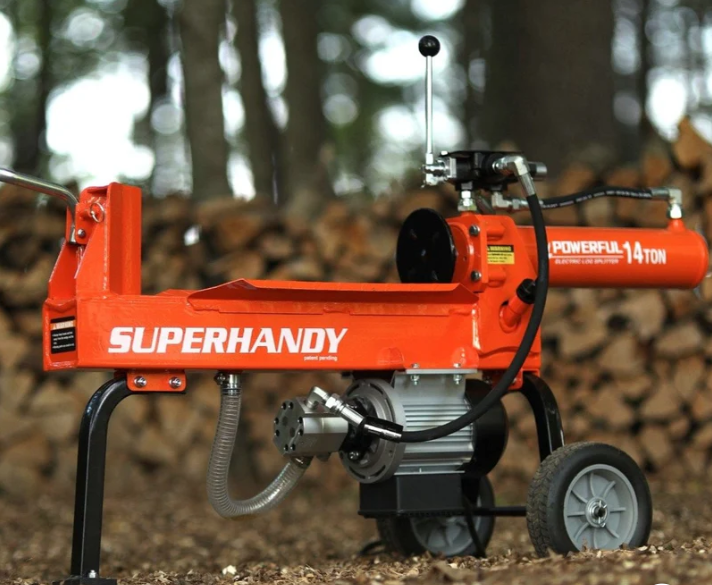
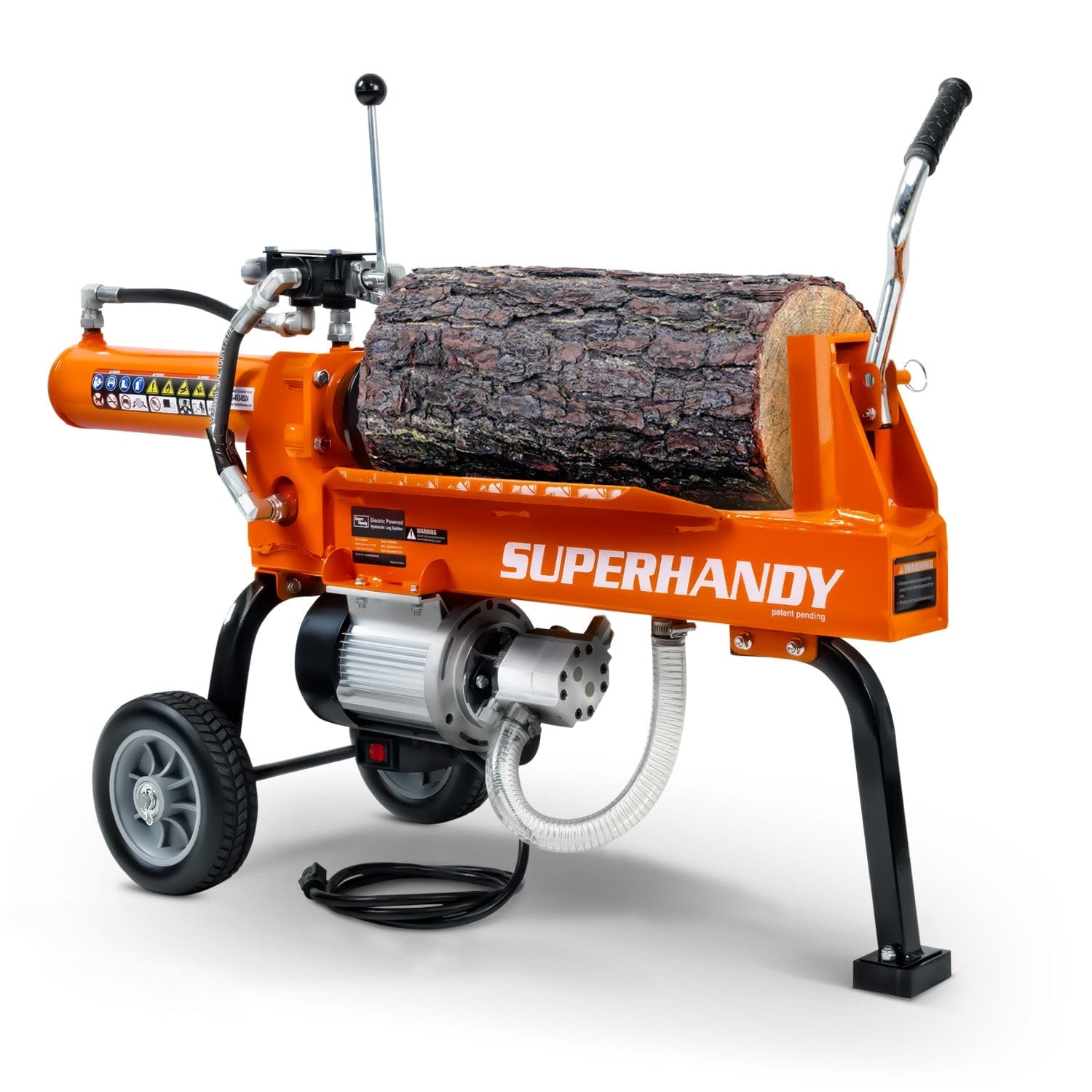
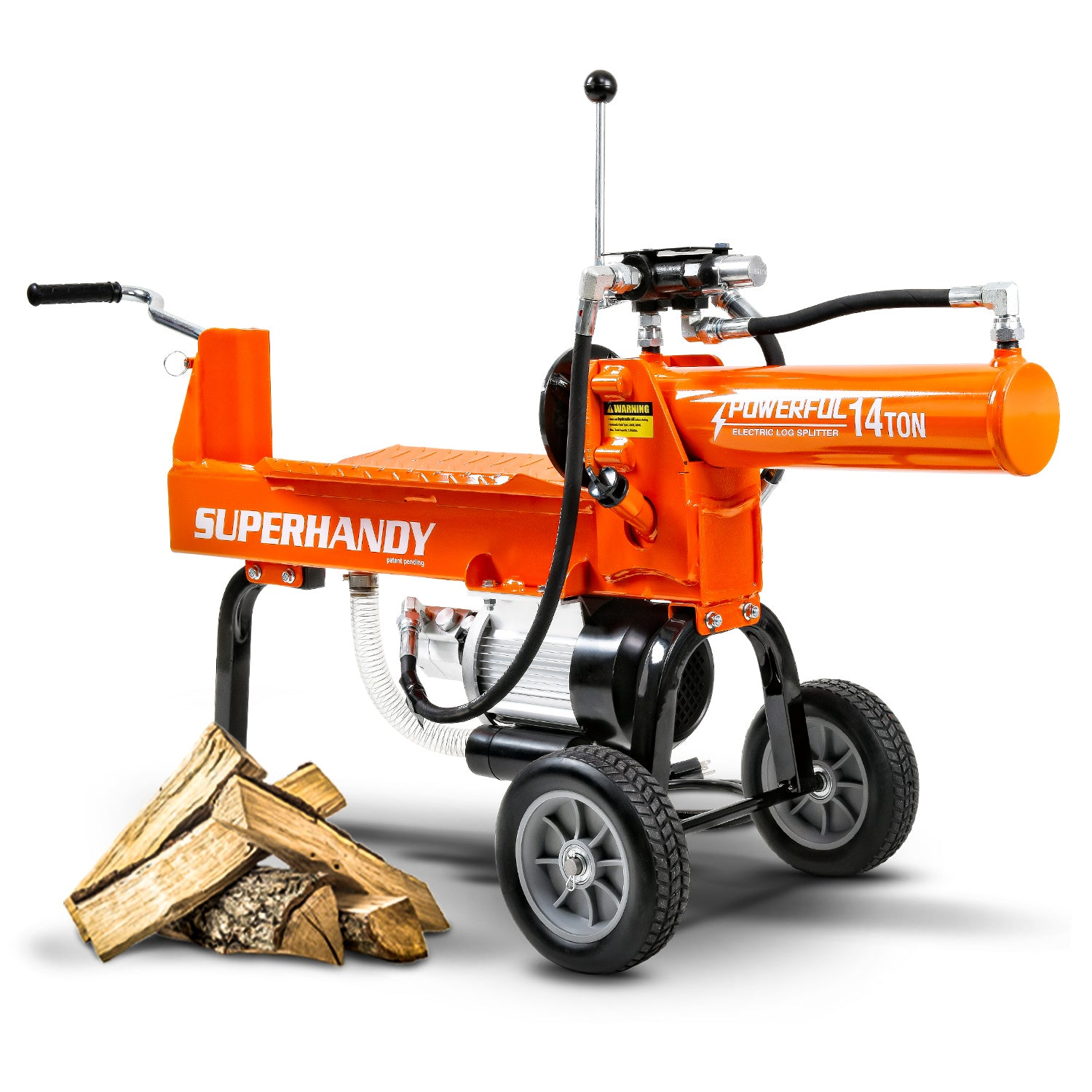
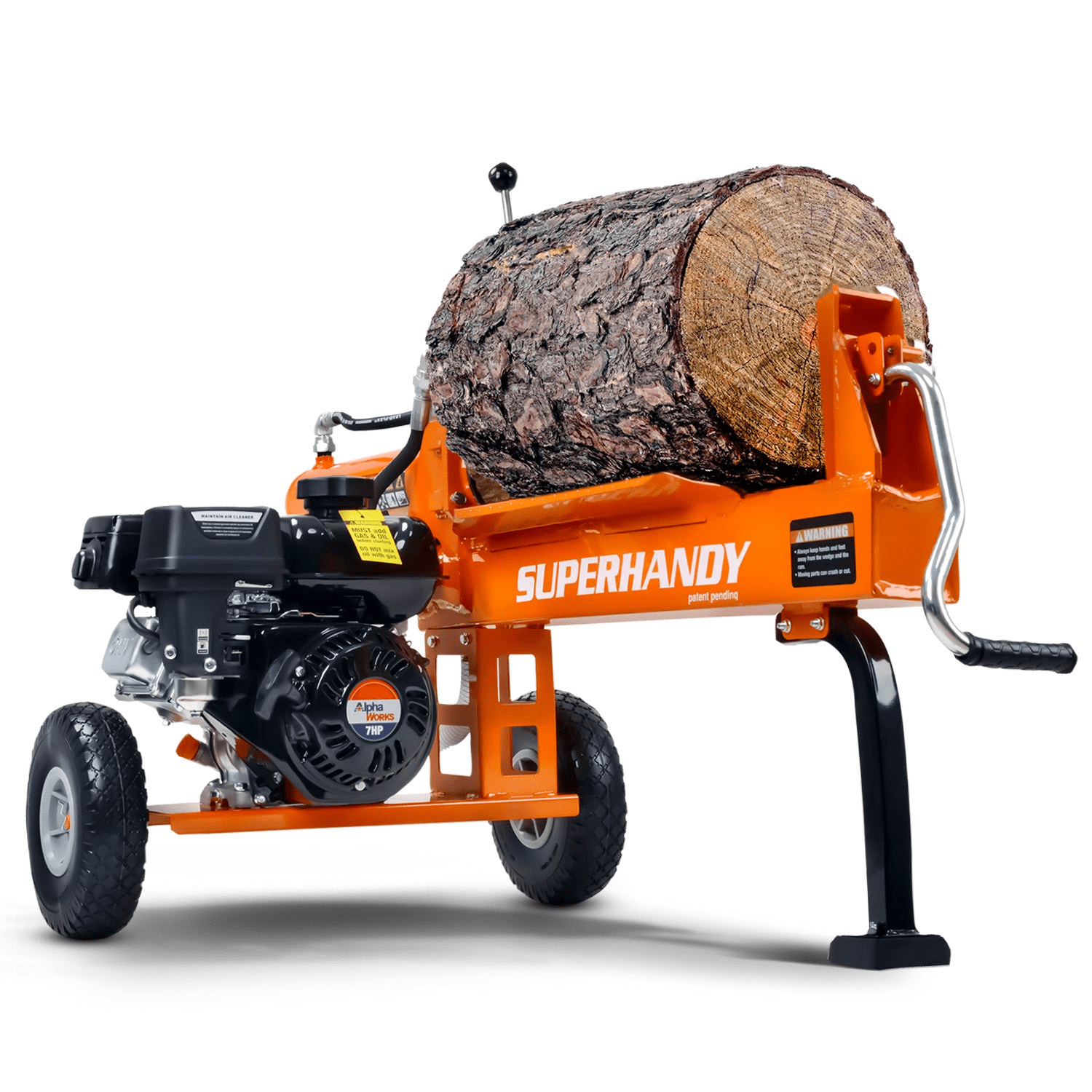
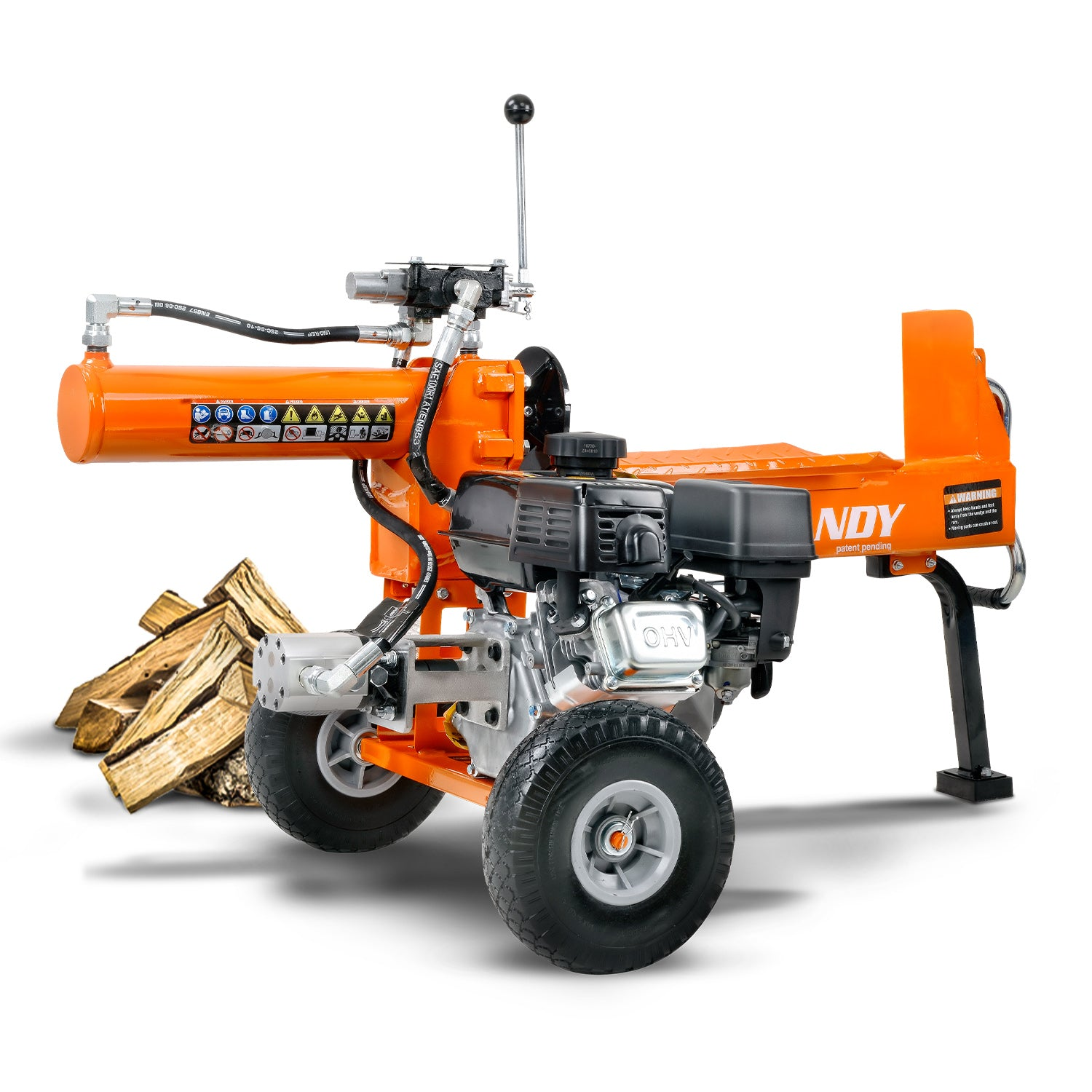
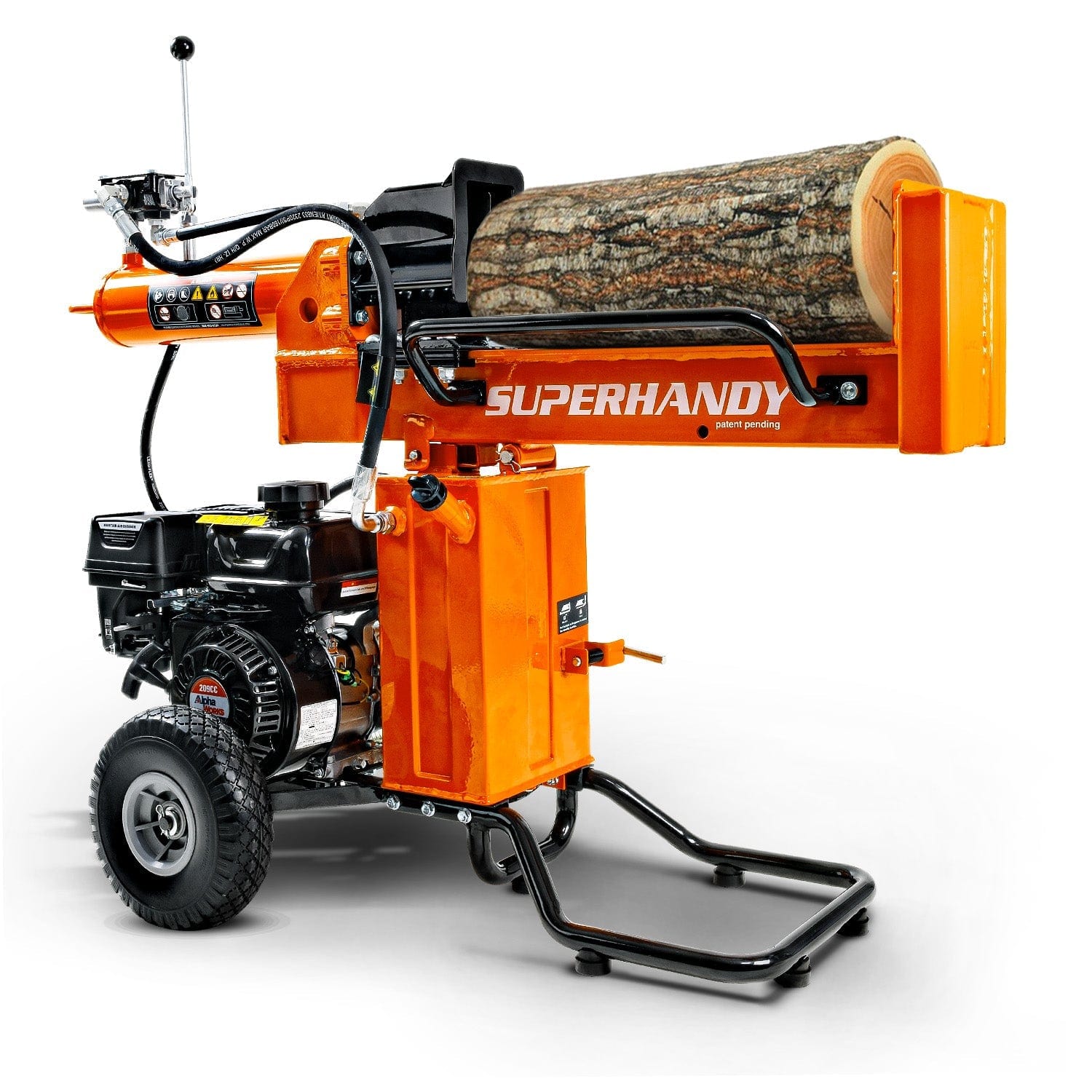
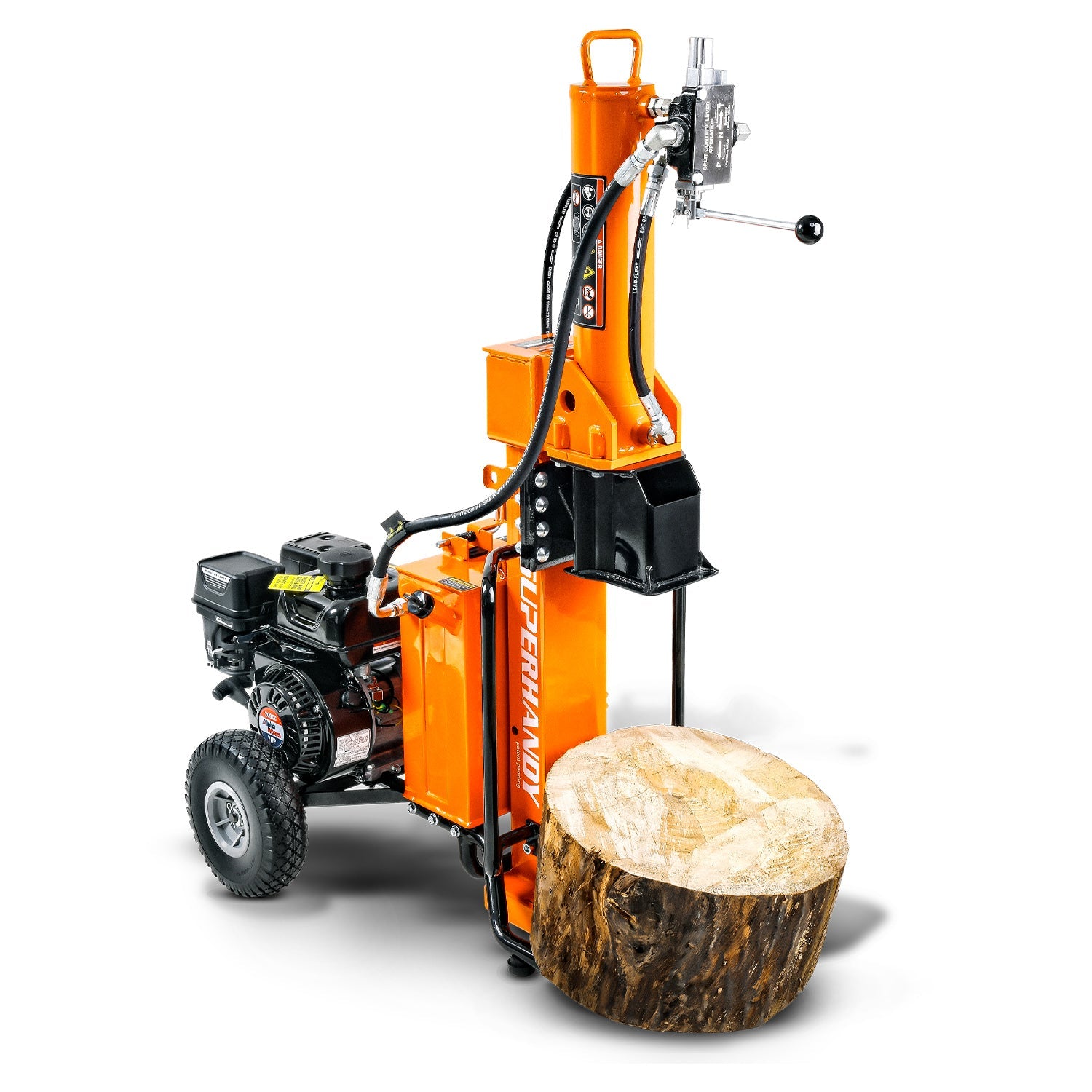
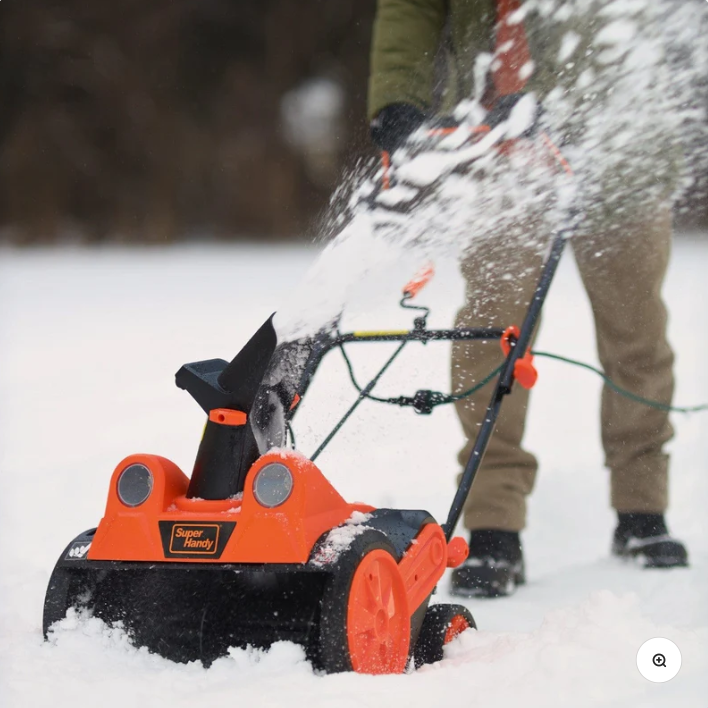
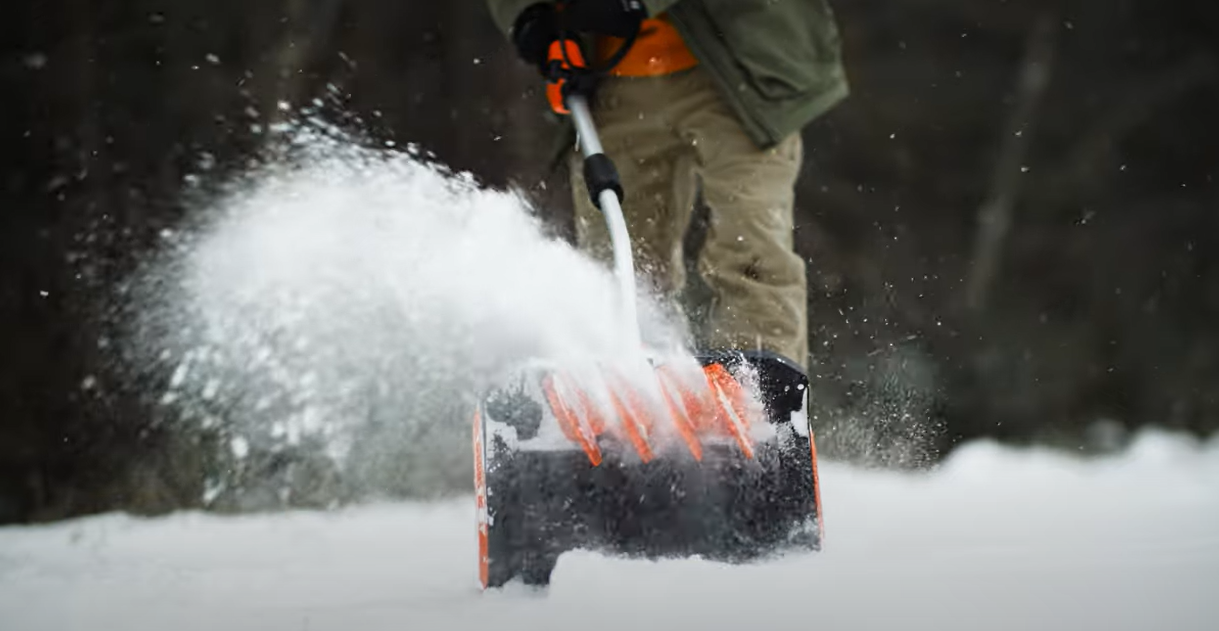
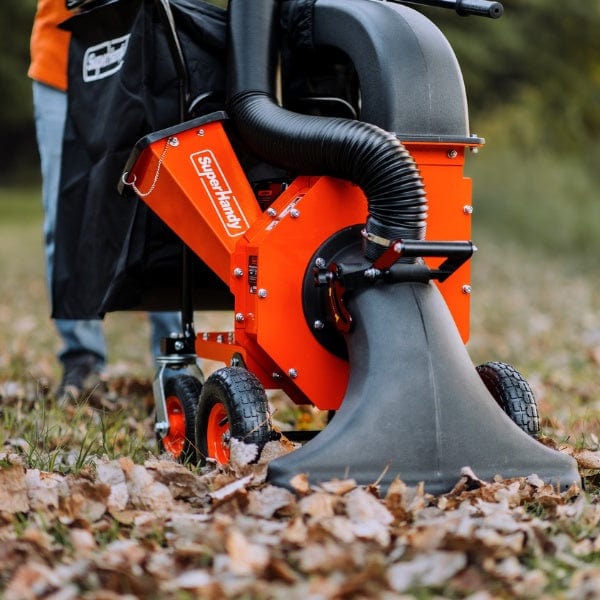
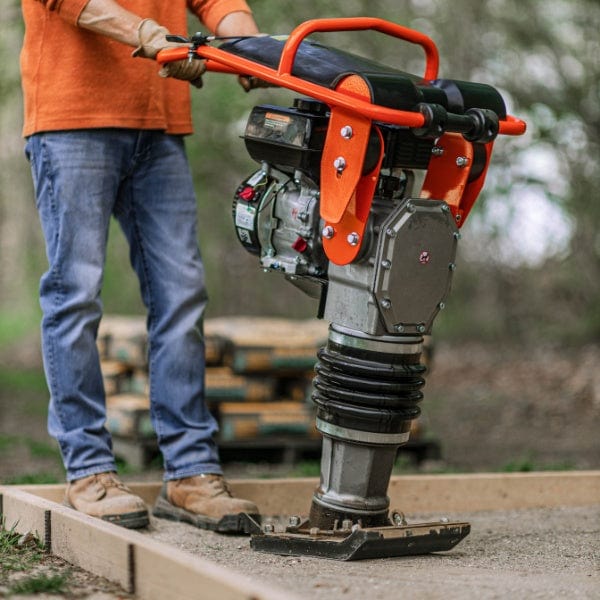

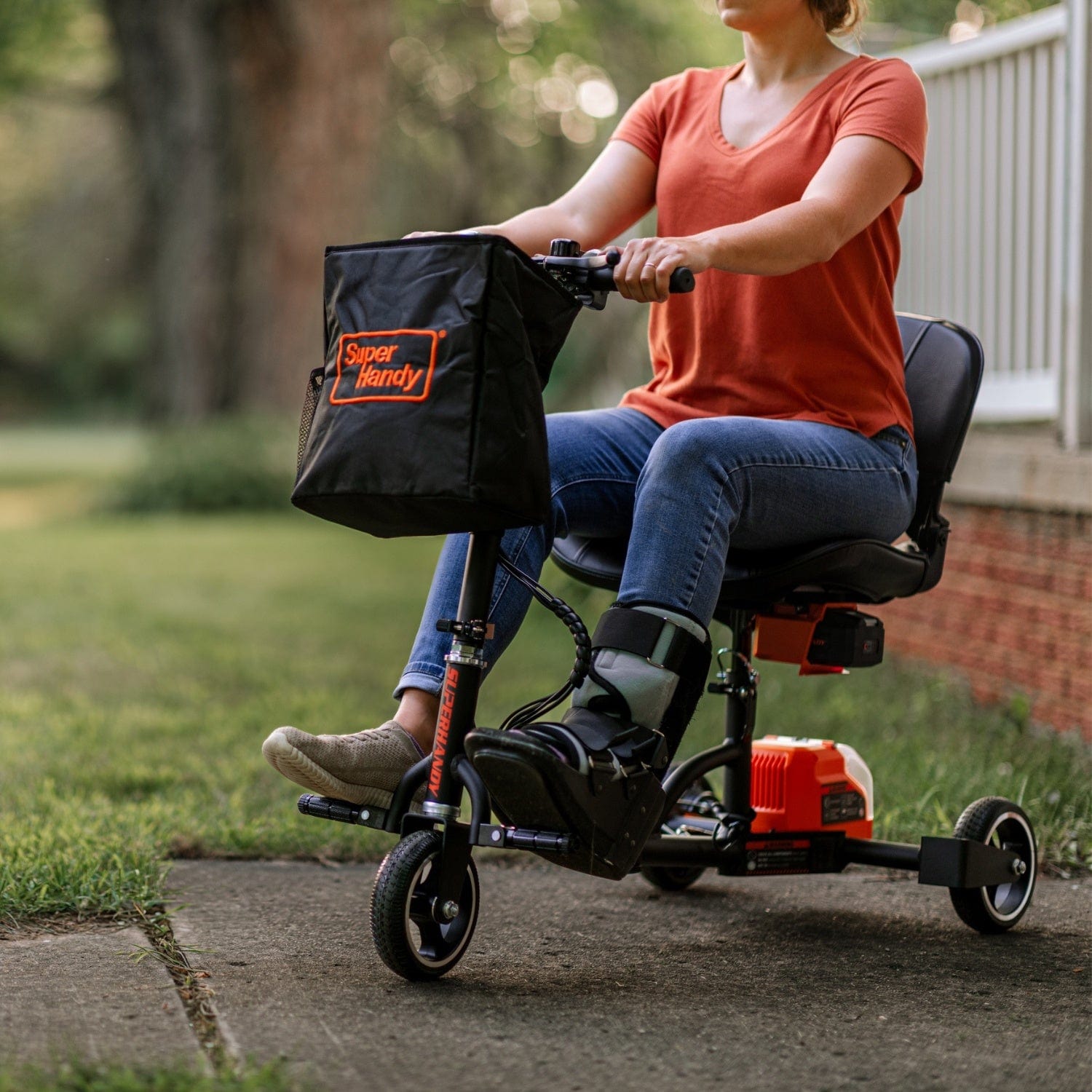
Leave a comment
All comments are moderated before being published.
This site is protected by hCaptcha and the hCaptcha Privacy Policy and Terms of Service apply.